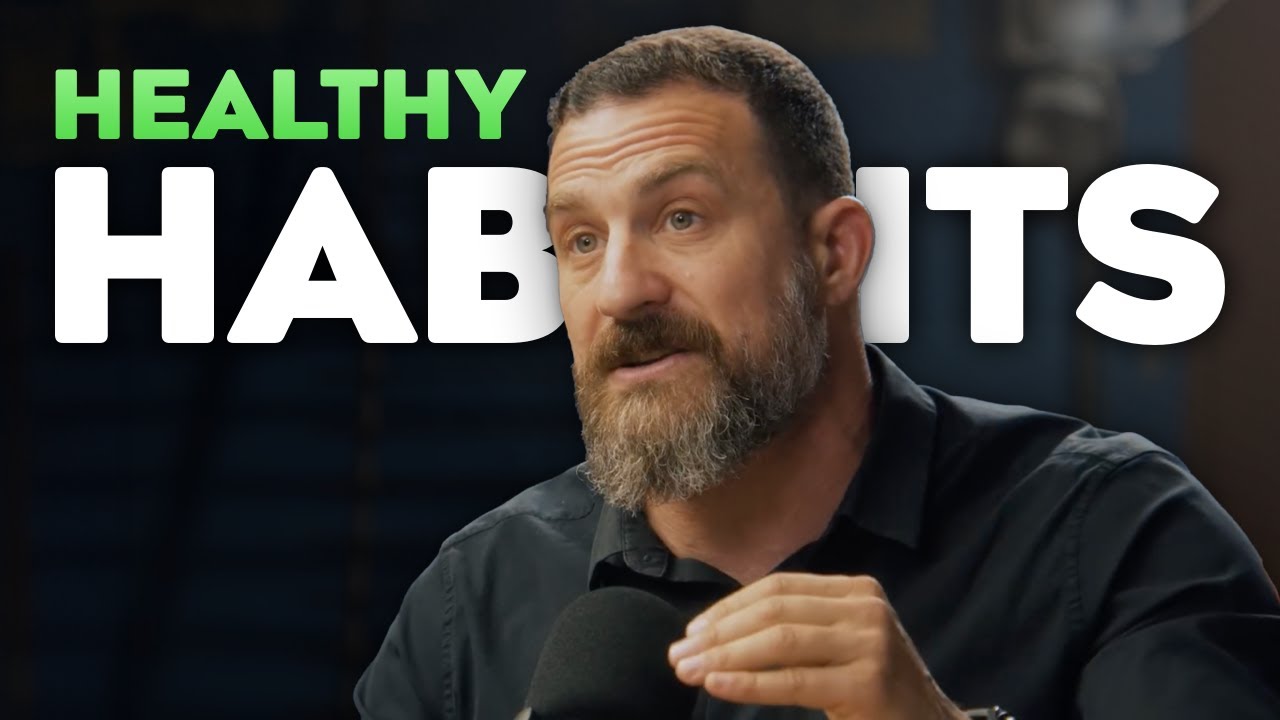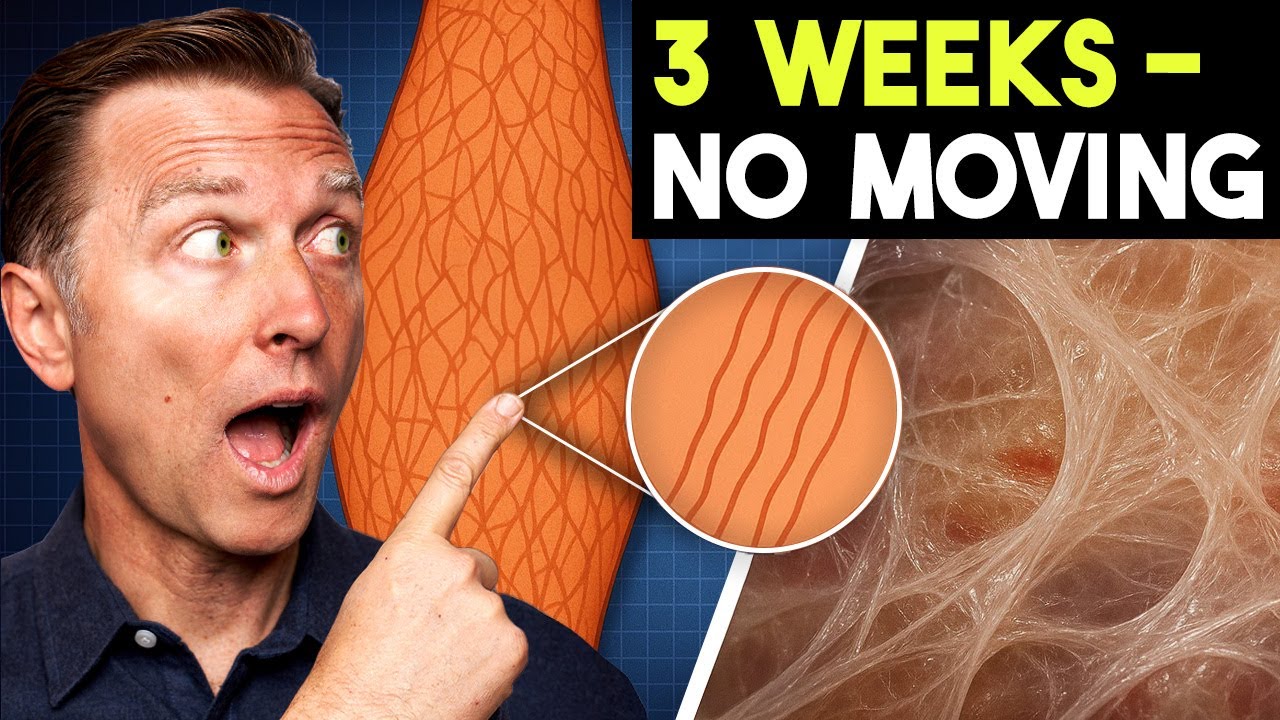As we turn the page on a new year—or a new chapter in life—many of us feel inspired to improve our daily routines. Whether it’s exercising more, eating healthier, reducing screen time, or improving focus, these aspirations typically boil down to one thing: creating better habits and breaking old ones.
But how exactly do we build habits that last? And more importantly, how can we effectively eliminate the ones that sabotage our health, productivity, and wellbeing?
Drawing from behavioral science and neurobiology, this article breaks down a proven, flexible method for forming sustainable habits—and a practical strategy for dismantling harmful ones.
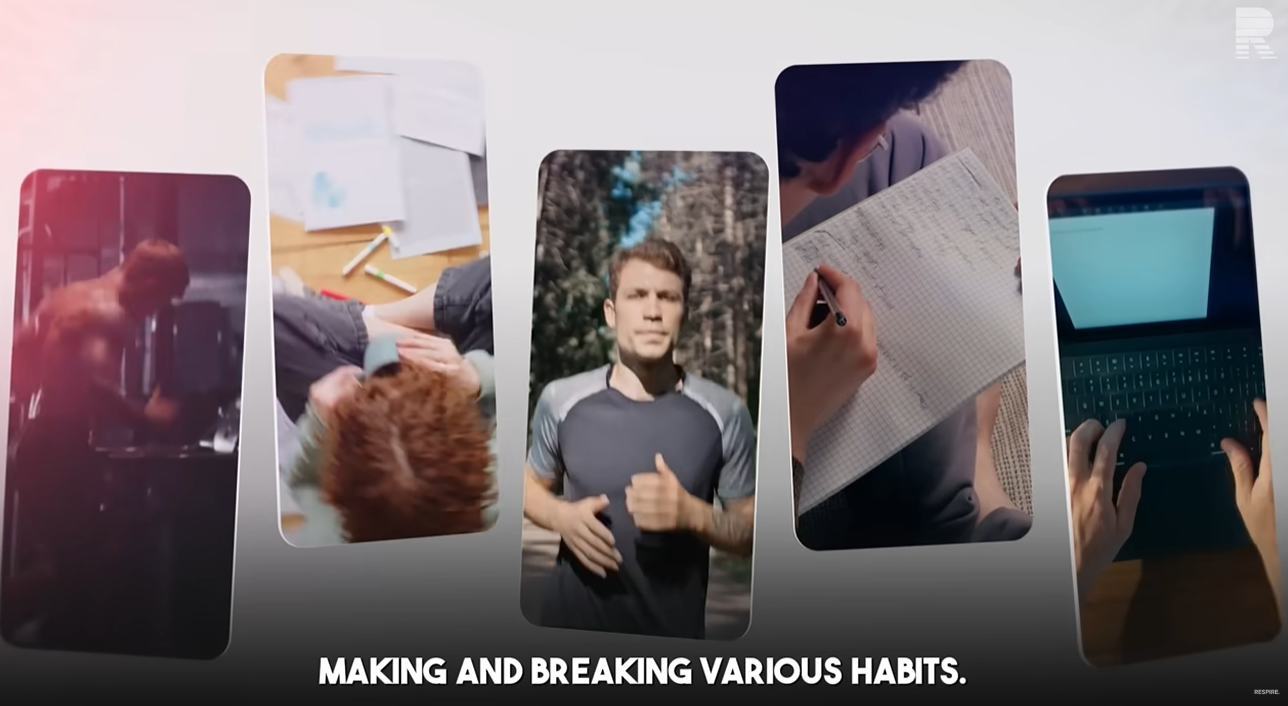
Why Habits Matter More Than Willpower
Habits shape up to 40% of our daily actions. Once formed, they operate almost automatically, freeing up mental bandwidth for more complex decisions. This is why instilling healthy habits—like preparing nourishing meals, working out regularly, or meditating—can transform your lifestyle without exhausting your willpower each day.
But habits are a double-edged sword. Just as positive ones can lead to long-term success, negative habits—like late-night snacking, doomscrolling, or skipping workouts—can derail your goals despite your best intentions.
That’s why understanding how habits work neurologically gives us a roadmap for both making and breaking them.
A 21-Day Framework for Creating Lasting Habits
To establish new behaviors effectively, use a structured system: the “6-habit, 21-day” method.
Here’s how it works:
- Choose up to six daily habits you want to develop. These should align with your health, performance, or personal goals. Examples include:
- 30 minutes of Zone 2 cardio
- Resistance training
- 10 minutes of morning sunlight exposure
- Daily journaling
- Learning a new skill (e.g., language, coding, instrument)
- Preparing a home-cooked meal
- Commit to this for 21 consecutive days, aiming to complete at least four out of six habits daily.
- Do not try to “make up” missed tasks the following day. Skipping one or two habits on a given day isn’t failure—it’s expected. The goal is to build the habit of executing habits, not perfection.
- At the end of the 21 days, stop tracking. Instead, observe which habits now feel natural. Which ones stick without conscious effort? Which fell off, and why?
This approach works because it mirrors how the brain wires new behaviors. By repeating actions consistently—but without demanding perfection—you begin to automate routines through neural reinforcement.
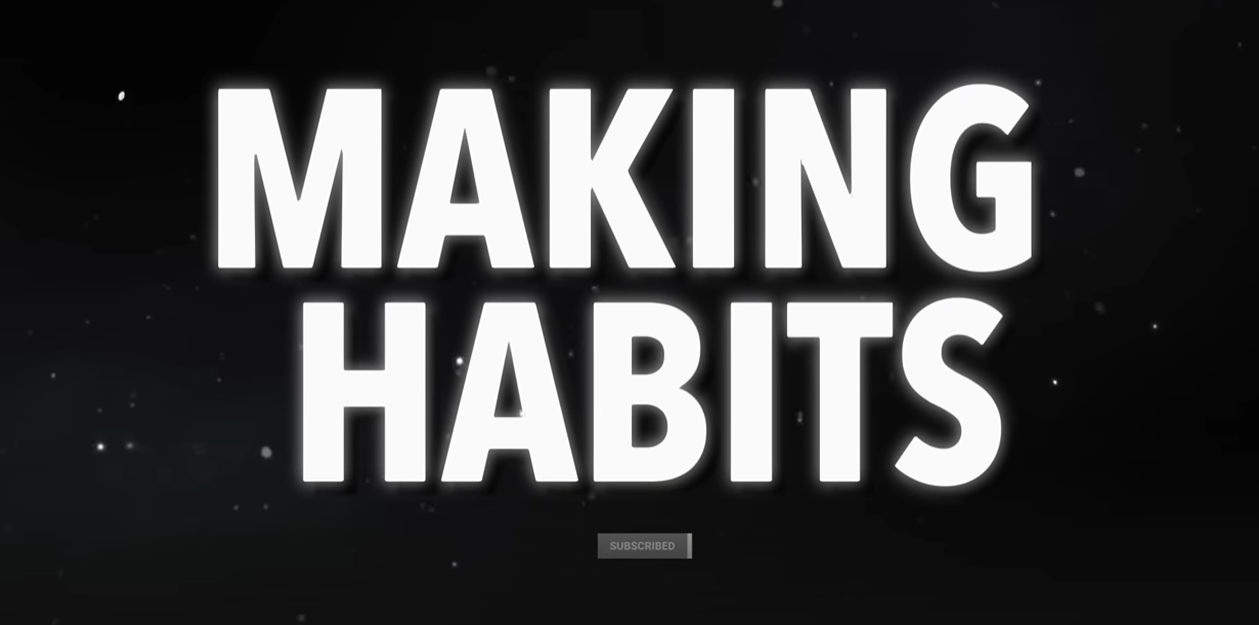
Why the “Four Out of Six Rule” Works
You may wonder: why aim for only four to five out of six habits daily?
Neuroscience shows that flexibility and repetition are more sustainable than rigid perfection. Allowing room for minor failures lowers stress and increases consistency. Over time, this gradual layering of successful behaviors builds intrinsic motivation—and stronger synaptic connections.
More importantly, you’re building the meta-habit of daily intention and execution, regardless of outcome. This forms the psychological foundation for long-term change.
What to Do After 21 Days
Once the initial habit-building phase ends, you enter the evaluation period. For the next 21 days, don’t add new habits—simply monitor which behaviors continue naturally.
Ask yourself:
- Which habits became effortless?
- Which required too much effort?
- Do I have cognitive space to introduce more?
Only when at least three to four behaviors are truly automatic should you begin layering in new habits.
This cyclical model (21 days build → 21 days assess) prevents overload and helps you realistically integrate change into your lifestyle.
Breaking Bad Habits Using Neuroscience
Forming new routines is only half the battle. What about breaking harmful habits?
Understanding the neuroscience behind habit disruption offers a surprising insight: you don’t need to prevent the bad habit before it happens. Instead, the most effective window is immediately after the habit occurs.
Here’s why:
When a habit is triggered and acted upon—say, checking your phone during work or grabbing a sugary snack—your brain’s neurons fire in a synchronized pattern. Over time, this pattern becomes reflexive.
To dismantle that neural loop, insert a positive, easy-to-execute behavior immediately afterward. For example:
- After checking your phone: do 5 deep breaths or a quick stretch.
- After grabbing a junk snack: drink a glass of water and eat a fruit.
- After biting your nails: rub your hands with lotion or grip a stress ball.
This technique works by:
- Interrupting the neural pattern associated with the bad habit.
- Creating a new neural association that rewires the habit loop.
Over time, the original behavior becomes less rewarding—and the new behavior takes root.
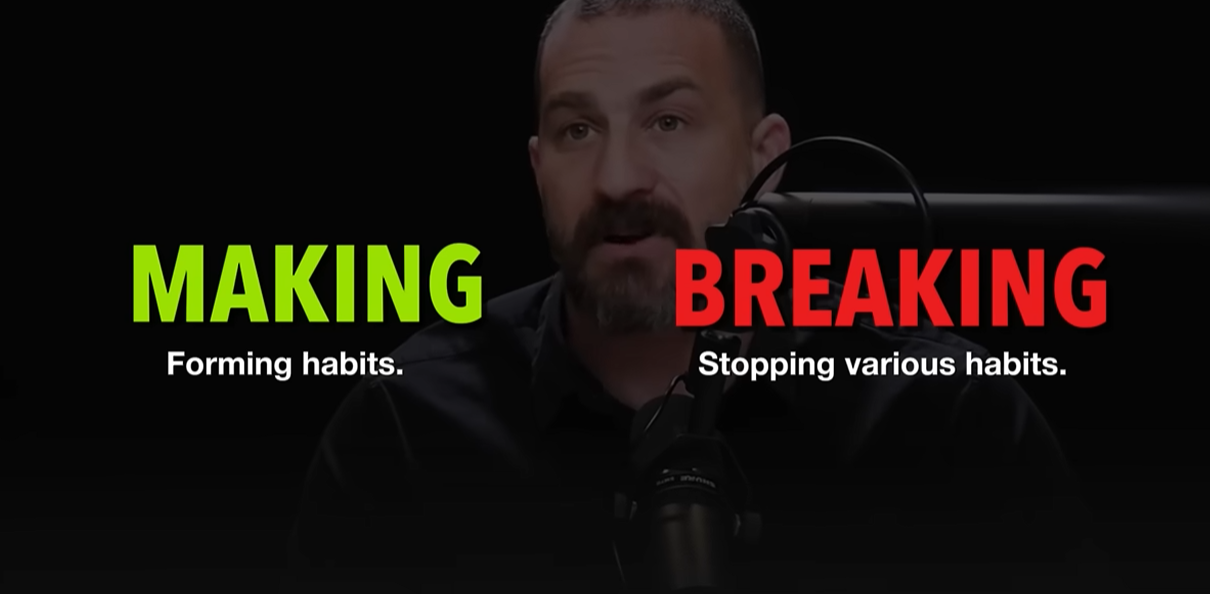
Avoid These Habit-Breaking Mistakes
Many people try to rely on punishment or external monitoring to stop bad habits (e.g., banning apps, setting alarms). These tactics rarely work unless the consequences are significant—and most people can’t enforce them consistently.
What works better is this replacement model, where a new action follows the undesired behavior. This approach is rooted in a brain process called long-term depression (LTD), which weakens unwanted neural connections over time.
To be effective:
- Choose a positive action that’s simple and rewarding.
- Execute it every time you catch yourself performing the unwanted habit.
- Don’t beat yourself up—use each “mistake” as an opportunity for rewiring.
Expert Tips for Better Habit Success
As a nutritionist and chef who helps clients develop long-term health routines, I recommend the following practical strategies:
- Stack habits with existing routines: For example, after brushing your teeth (established habit), do a 2-minute stretch or prep your lunch box.
- Keep nutrition habits tangible: Instead of “eat healthier,” aim for “prepare 1 high-protein meal per day” or “replace soda with herbal tea.”
- Use visual cues: Place a water bottle on your desk or cut-up veggies in the fridge—make good choices the easy ones.
- Start small: Don’t overhaul your entire lifestyle overnight. Master a few simple habits first, then expand.
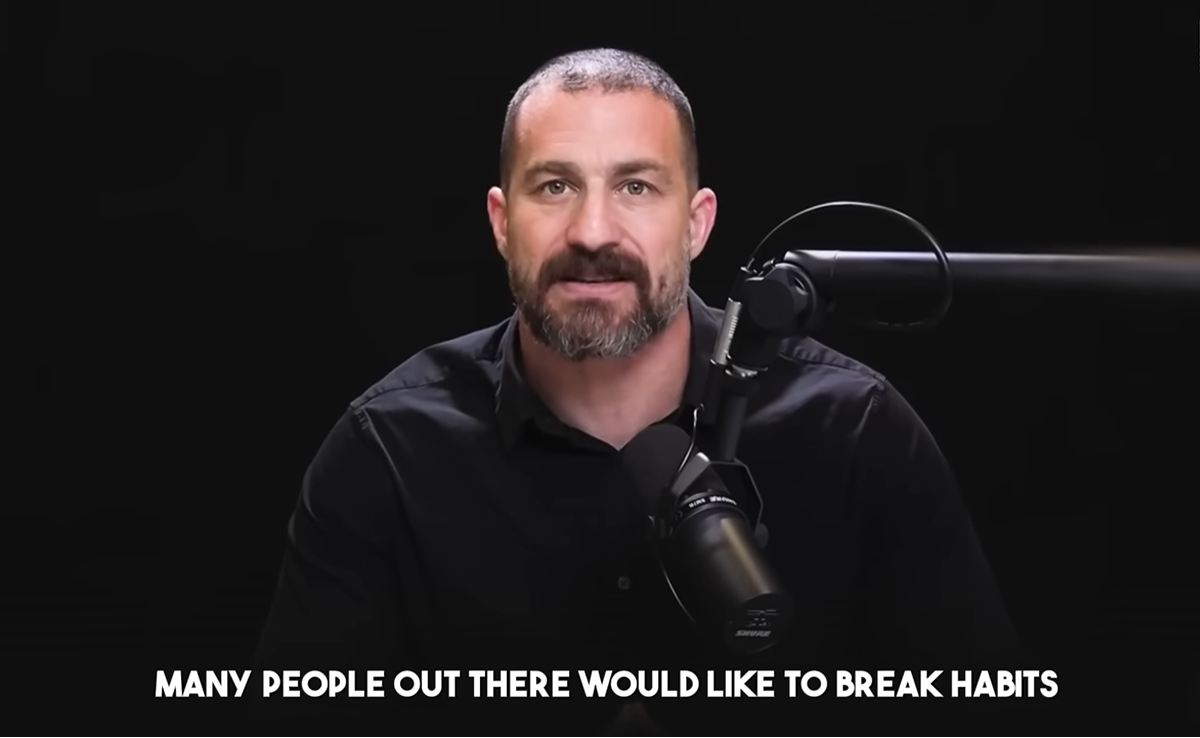
Final Thoughts: Build With Intention, Break With Compassion
Changing your habits isn’t about willpower—it’s about strategy, structure, and self-awareness. The 21-day method offers a realistic, biology-backed way to layer in new behaviors while giving your brain time to adapt.
Similarly, breaking bad habits doesn’t require harsh discipline. With the right tools, you can rewire your brain to make healthier choices feel automatic.
Ready to take control of your habits?
Start by choosing your six focus habits for the next 21 days—and take it one day at a time. For more expert wellness insights, healthy recipes, and personalized guidance, explore our other articles or book a consultation today.
